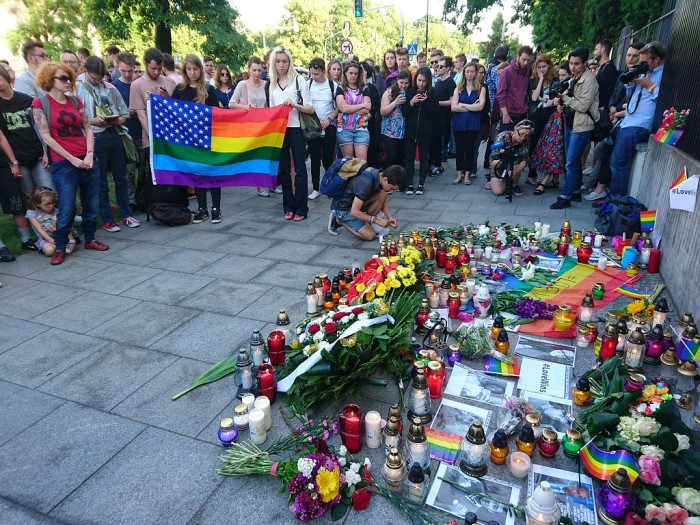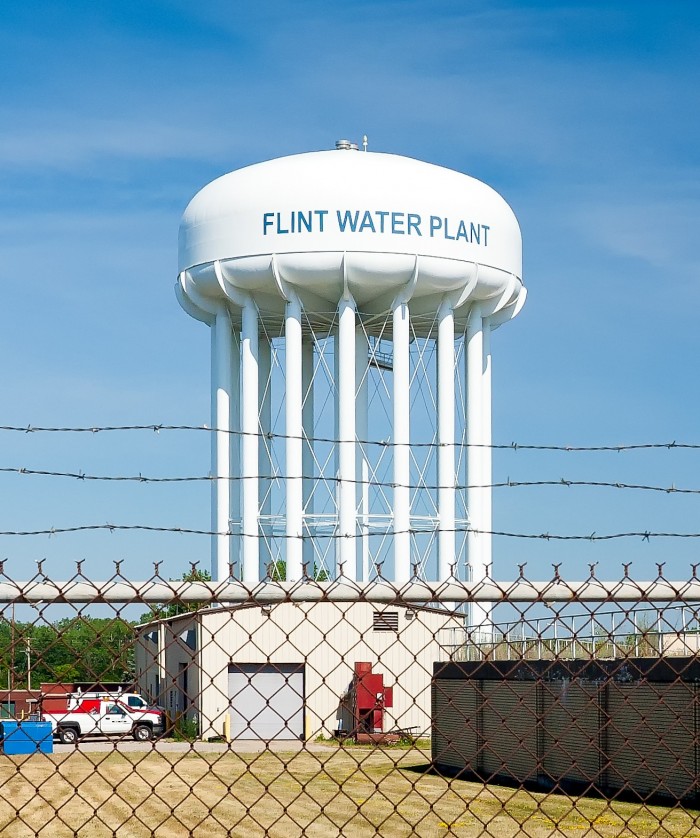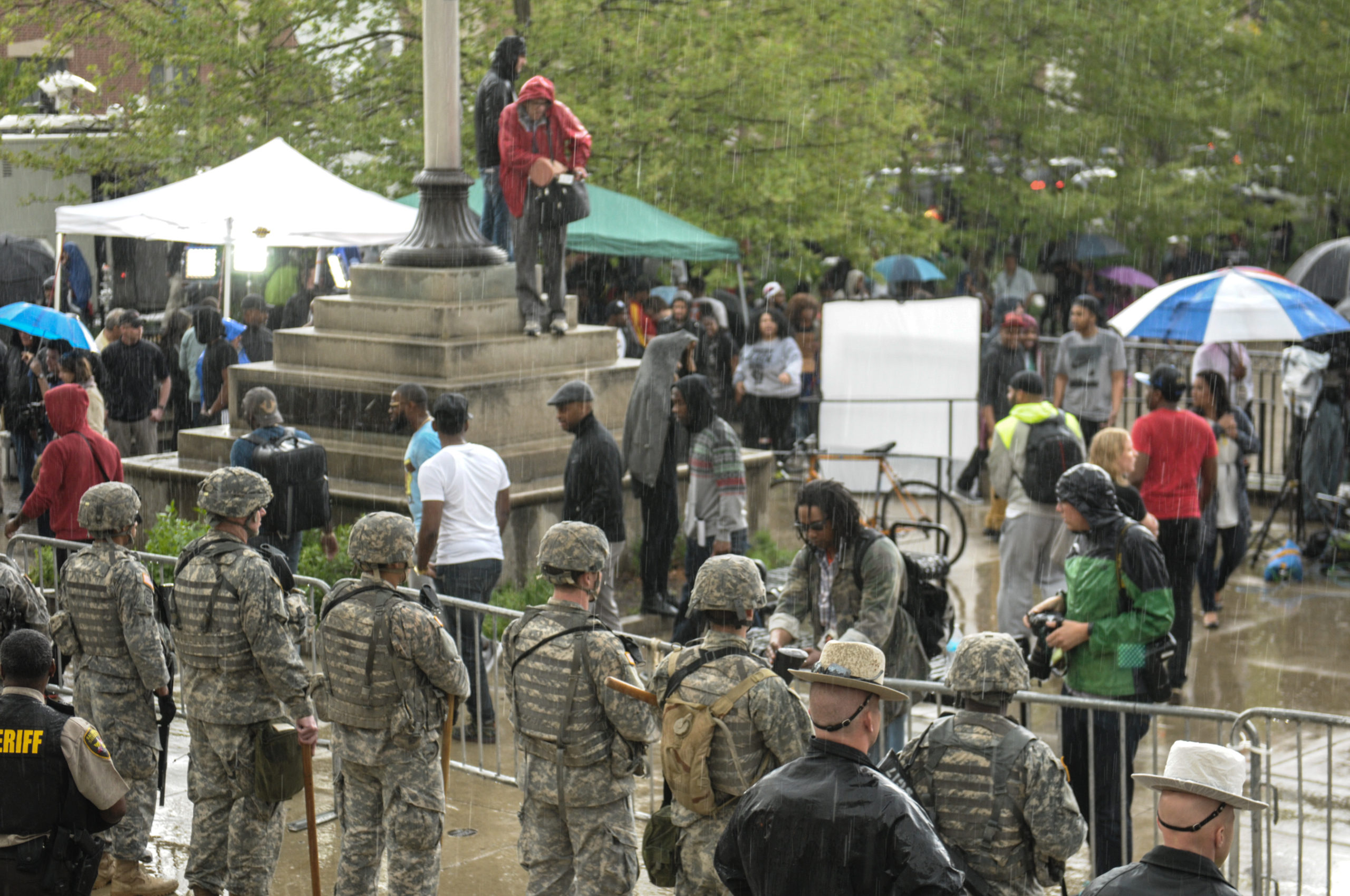Disaster Philanthropy Playbook

Communities in Crisis
Introduction
Though the type of crises your community will experience is unpredictable, you can plan now for these three certainties:
- First, realize that no two events are ever alike. Crises and man-made disasters are intense, emotional events that have the potential to overwhelm a funder, and are often ripe with political flashpoints (gun control, racial and economic inequality). It’s impossible to predict the path they will take for your community. Plan to be flexible.
- Second, spend significant time networking before you ever have to deal with a crisis. Get to know other funders in your area and establish good rapport with them. When an incident happens, you’ll need those personal relationships to facilitate a fast response. But do not stop there—know the nonprofits in your community and the people they serve. And then, keep building your network. Establish relationships with government and emergency management officials, as well as business leaders. Foster these relationships in advance of a disaster.
- Third, remember that an event has a long ripple effect in terms of victims. Different groups of people are affected by a crisis in varying ways and experience it in a variety of ways. Each group requires funders to provide a mix of flexible resources, creative campaigns, sound information and dialogue, and safe advocacy spaces.

As police cars and news cameras move on, philanthropy can step in to fill the needs of both the community and the affected individuals and their families – needs that may go on for years. Funders can support strategic efforts that include fostering community discussion around the topics exacerbated by the event, continuing mental health care services and support, and advocating for key policy or legislative needs.
Innovative Practices
Philanthropy can implement or support actions such as:
- Prepare and practice scenarios. Know your city’s emergency plans and regularly rehearse fictitious scenarios. Ask to participate in emergency exercises to kick start thinking about how your organization might respond in various situations. This will help speed up response to a real event.
- Engage your stakeholders. Determine ahead of time how you will mobilize your membership or partners. This might include direct outreach or planned fund collaboration.
- Establish communication channels. Plan ahead by connecting with area funders now. This might be regularly scheduled lunches, listening sessions, conference calls—you will need those channels to be open and functioning in the chaos of a crisis.
- Incorporate your nonprofit voice. Find ways to bring your voice and values to your planning and communications before and during a crisis, and not just into your grantmaking decisions.
- Proactively collaborate with political leaders. Governors and mayors become important players in these events. For example, mayors have launched or co-launched funds in the wake of crises several times. It’s important to openly communicate with everyone early about the needs and best response mechanisms. If possible, discuss with your governor or mayor ahead of time how a fund might be launched following a crisis.
- Leverage knowledge of the full scope of needs. As a community funder, you are in the position of encouraging collaboration that takes into account the full scope of needs. Encourage government leaders to tap your expertise in funding and working with the community.
- Plan your media relations. Identify your organization’s primary spokesperson, think through how often you will be able to respond to phone calls and emails, and how you might work with other funders or government agencies to jointly answer media requests.
- Determine funding guidelines. Think through what factors will determine if you launch a fund in a crisis. Ask questions such as: are populations we normally serve affected? Is this the best way for us to help our community? How are we working with other funders in a crisis? Who will we serve with grants from the fund?
Key Takeaways
1. Some definitions to keep in mind:

- An act of terror: Terrorism is defined as the intentional use or threat to use violence against civilian targets to achieve political aims (for example: the Sept. 11 attacks or the Pulse nightclub shooting in Orlando).
- A tragic event: A criminal act involving multiple deaths and/or injuries motivated by things other than political aims (for example: Sandy Hook Elementary School shooting).
- Man-made crisis: a non-natural disaster (for example: Deepwater Horizon oil spill, Flint water crisis, pictured right)
2. Crises tend to expose community problems, such as racism, economic inequality, and segregation. As a funder, be a neutral table. Provide space for many different ideas, inform the work that is happening, and curate what has happened over time.
3. Vulnerable citizens on the ground who have nothing to do with unfolding events may be cut off from key services. During rioting in Baltimore, the elderly were unable to reach pharmacies or groceries, in part because of the situation on the streets and also because some of the buildings had burned. After the Pulse nightclub shooting in Orlando, many who needed follow-on services did not seek them out since their families did not know they were gay/lesbian/bisexual.
4. These types of crises are frequently charged with emotion, which will tend to dictate the swell of response. For example, emotions following the Sandy Hook Elementary School shooting were high both in the community and across the state and nation due to the primary victims of the event. As a community funder, you are poised to manage the emotion, while keeping mid- and long-term needs in mind. In the case of the Sandy Hook event, mental health needs in the area rose drastically in the years following.

5. It is important to view victims in concentric circles that include those most immediately affected (those who die, have injuries, and their immediate families), first responders, witnesses, media, and others. There are many people affected by a traumatic event, and philanthropy should take this into account as it launches funds in a crisis and decides how that money will be allocated. Often, when a fund is launched in these situations, the money goes only to victims and their families. If your organization launches a fund, understand the concentric circles of those affected and fund accordingly. Some key examples:
- Following the Sandy Hook shooting, the mental health needs in that county and surrounding counties rose drastically for subsequent months.
- After the Boston Marathon bombing, a large fund was set up to assist victims. However, the bombs also impacted several small businesses, causing them to close for months and years after the event. They received little or no philanthropic support, even though they were a part of community devastated by the event.
- In the aftermath of the Pulse nightclub shooting, philanthropic leaders quickly determined that some affected people who had witnessed the event or lost a friend or loved one were not seeking supportive services because their families did not know they were gay, lesbian, or bi-sexual.
6. The area might be a crime scene. This will mean interfacing with local and national law enforcement agencies. Coordinate with them to ensure victims’ needs are met.
7. Reach out to your attorney general’s office for assistance managing and supervising funds. They will have someone who can assist you with outreach to those generating crowd-fund sources and grassroots fundraisers to ensure funds are monitored and used for the intended purpose. The goal should always be transparent funds, used when possible collaboratively.
8. Mental health is often the largest and longest-term need following a traumatic incident. The victims, families, community, and nation requires time to grieve. In the trenches from day one, and often for months and years after the event, the staff of responding organizations will feel the crisis keenly. Though there is a marked increase in mental health needs in areas that experience a violent incident or act of terror, this need is typically underserved and underfunded.
Further Reading
- BCF Building Back Baltimore grants and fund
- Forward Through Ferguson
- Funders for LGBTQ Issues: Standing With Orlando
- Central Florida Foundation and grants from Better Together Fund
- United Way of Western Connecticut and the Sandy Hook response
- Creating Lasting Change: Fairfield County’s Community Foundation Response to Sandy Hook
- The Role of State Charities Regulators in Protecting Public Trust in Charitable Responses to Disasters
- Playbook Disaster Communication Plan Toolkit
- Playbook Community in Crisis Toolkit
- Effective Communications During Crisis: Prepare, Respond, Assess webinar summary